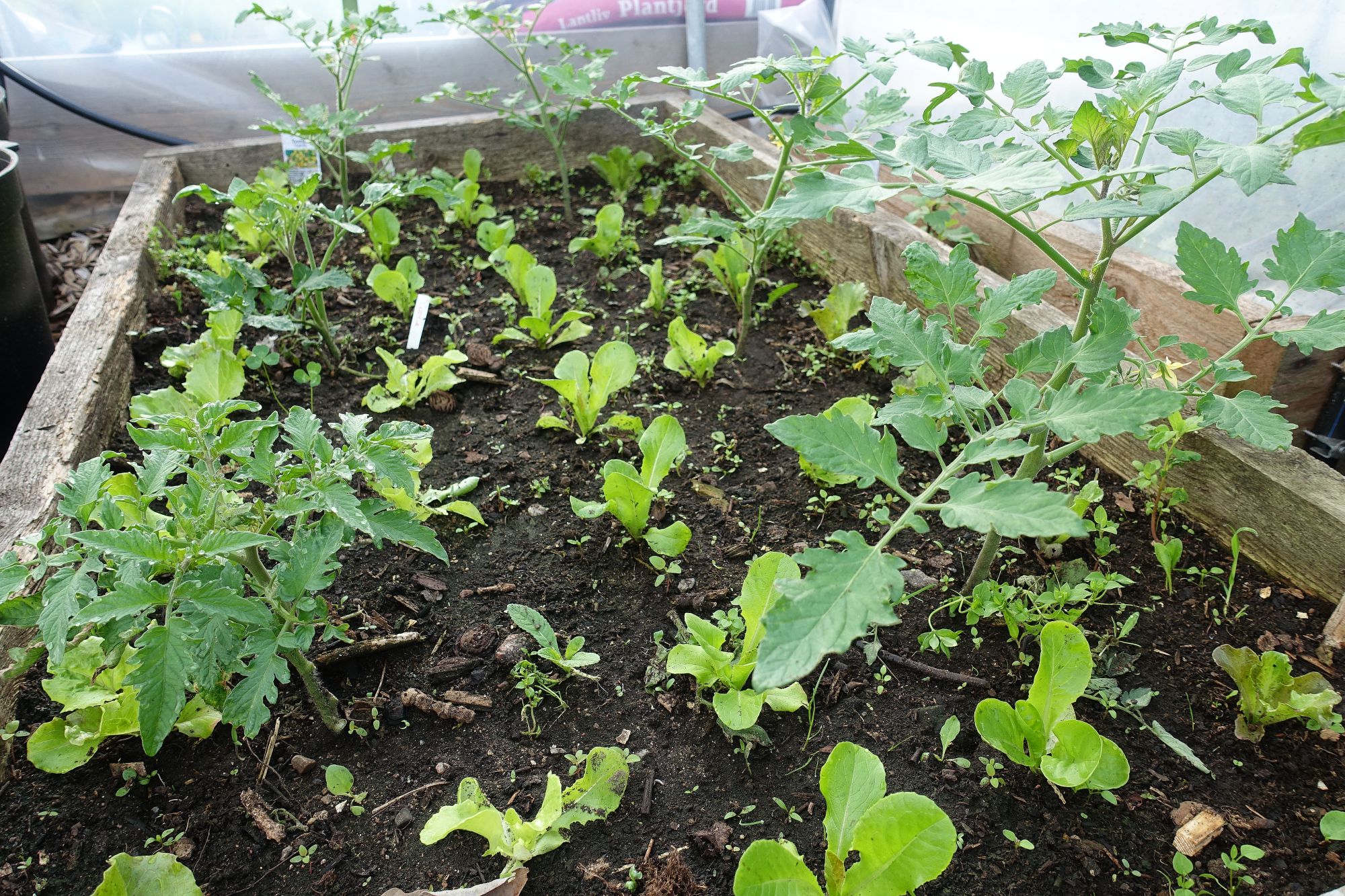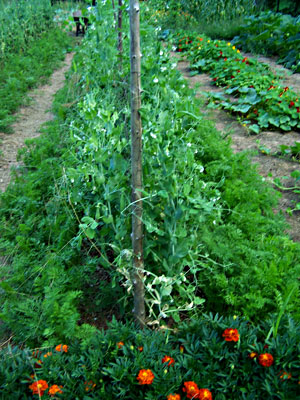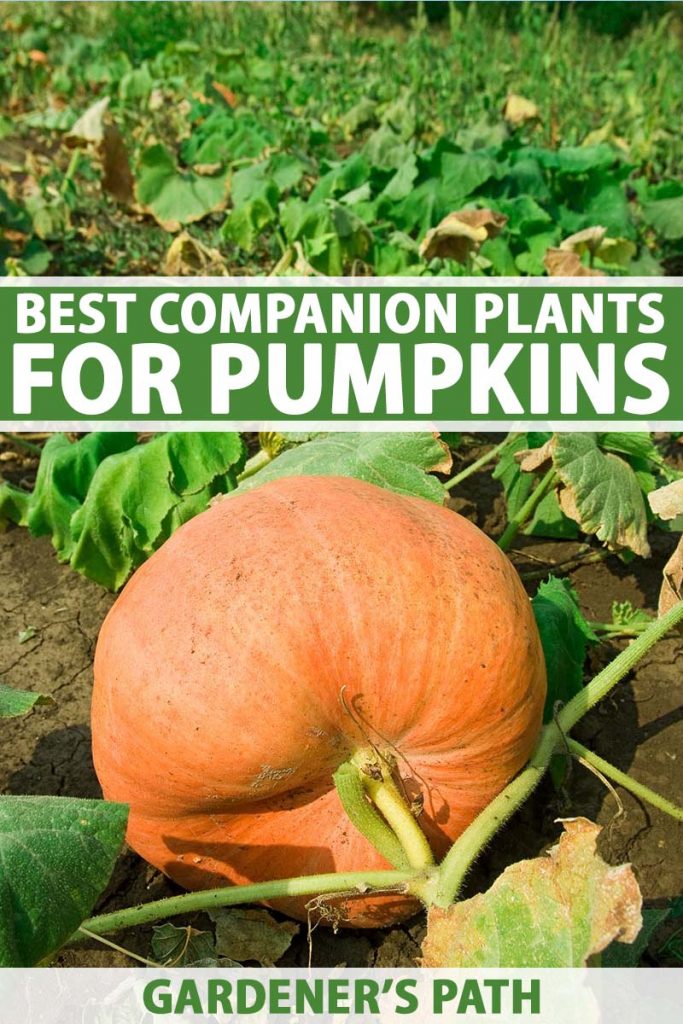The Ultimate Guide To Companion Planting For Vegetables
The Ultimate Guide to Companion Planting for Vegetables
Companion planting is a gardening practice that involves planting certain types of plants together to benefit each other. This can be done to improve the growth, flavor, and pest resistance of your vegetables.
There are many different benefits to companion planting. Some of the most common include:
- Attracting beneficial insects: Many companion plants attract beneficial insects, such as ladybugs, lacewings, and parasitic wasps. These insects help to control pests that can damage your vegetables.
- Reducing pest pressure: Some companion plants have strong scents that repel pests. For example, marigolds can repel aphids, and garlic can repel rootworms.
- Improving soil quality: Some companion plants help to improve the soil quality, by adding nutrients or breaking down organic matter. For example, legumes fix nitrogen in the soil, which can benefit other plants.
- Decreasing competition for resources: Companion planting can help to decrease competition for resources, such as sunlight, water, and nutrients. This can lead to better growth and yields for your vegetables.
If you're interested in trying companion planting, there are a few things you need to keep in mind. First, you need to know which plants are compatible with each other. There are many different companion planting charts available online that can help you with this.
Second, you need to plant your companion plants in the right location. Some companion plants need full sun, while others prefer partial shade. You also need to make sure that your companion plants have similar water and nutrient requirements.
Finally, you need to be patient. Companion planting takes time to work. You won't see the benefits overnight. But if you're patient and follow the right principles, you'll be rewarded with a healthier, more productive garden.
Here are some of the most popular companion plants for vegetables:
- Basil: Basil is a great companion plant for tomatoes, peppers, and eggplants. It helps to repel aphids, spider mites, and mosquitoes.
- Beans: Beans are a good companion plant for corn, peas, and squash. They help to fix nitrogen in the soil, which benefits the other plants.
- Carrots: Carrots are a good companion plant for tomatoes, cucumbers, and lettuce. They help to deter pests such as carrot flies and rootworms.
- Cucumbers: Cucumbers are a good companion plant for beans, peas, and marigolds. They help to attract pollinators and deter pests such as cucumber beetles.
- Dill: Dill is a good companion plant for carrots, tomatoes, and peppers. It helps to attract pollinators and deter pests such as aphids and spider mites.
- Garlic: Garlic is a good companion plant for most vegetables. It helps to repel pests such as aphids, beetles, and moths.
- Marigolds: Marigolds are a good companion plant for most vegetables. They help to repel pests such as aphids, beetles, and mosquitoes.
- Nasturtiums: Nasturtiums are a good companion plant for broccoli, cabbage, and cauliflower. They help to attract pollinators and deter pests such as cabbage worms and aphids.
These are just a few of the many companion plants that can benefit your vegetable garden. By doing some research and planning, you can create a garden that is both productive and pest-resistant.
Do you love growing vegetables in your garden? If so, you'll want to know about companion planting. Companion planting is the practice of planting certain vegetables together because they benefit each other in some way. For example, tomatoes and basil are great companion plants because basil helps to repel tomato hornworms.
There are many different companion planting combinations, so it can be hard to know where to start. That's why I recommend visiting Gardenia Inspiration. This website has a comprehensive guide to companion planting, including a list of the best vegetables to grow together.
In addition to providing information about companion planting, Gardenia Inspiration also has a wealth of other resources for vegetable gardeners. You'll find articles on topics such as how to choose the right vegetables for your climate, how to prepare your soil, and how to harvest your vegetables.
So whether you're a beginner or a seasoned vegetable gardener, I encourage you to visit Gardenia Inspiration. You'll find everything you need to know to grow a bountiful harvest of vegetables.
FAQ of veggies that grow well together
Question 1: What are some vegetables that grow well together?
Answer: There are many vegetables that grow well together, but some of the most popular pairings include:
- Basil and tomatoes: Basil is a natural pest repellent for tomatoes, and it also helps to improve the flavor of the tomatoes.
- Radishes and lettuce: Radishes are a fast-growing crop that can be planted in between rows of lettuce. They help to keep the soil loose and aerated, which benefits the lettuce.
- Peas and carrots: Peas and carrots have different root systems, so they don't compete for nutrients. They also help to shade the soil, which can help to prevent weeds from growing.
- Pumpkins or squash and corn: These plants can be planted together because they have different growing habits. Pumpkins and squash spread out and grow along the ground, while corn grows tall. This helps to prevent the plants from shading each other out.
- Beets and onions: Beets and onions have different water needs, so they can be planted together without competing for water. They also help to repel pests from each other.
Question 2: What are the benefits of companion planting?
Answer: There are many benefits to companion planting, including:
- Increased yields: Companion plants can help to attract beneficial insects, which can help to control pests. They can also help to improve the soil quality, which can lead to increased yields.
- Reduced pest pressure: Companion plants can help to repel pests, which can reduce the need for pesticides.
- Improved plant health: Companion plants can help to improve the overall health of plants by providing them with nutrients and shade.
- Enhanced beauty: Companion planting can also add beauty to your garden by creating a more diverse and interesting landscape.
Question 3: How do I know which vegetables grow well together?
Answer: There are a few things you can do to determine which vegetables grow well together. One is to consult a companion planting chart. These charts list different vegetables and their companion plants. Another way to determine which vegetables grow well together is to observe your own garden. Pay attention to which plants seem to do well when planted together, and which plants seem to compete with each other.
Question 4: Do I need to plant vegetables in pairs?
Answer: No, you don't need to plant vegetables in pairs. However, companion planting can be a helpful way to improve your yields and reduce pest pressure. If you're not sure which vegetables to plant together, you can consult a companion planting chart or experiment in your own garden.
Question 5: What do vegetables need to grow best?
Answer: Most vegetables need full sun, at least six hours of sunlight per day. They also need well-drained soil that is rich in organic matter. You may need to fertilize your vegetables throughout the growing season to ensure that they have enough nutrients.
Image of veggies that grow well together
- Carrots and onions: These two vegetables help to repel each other's pests, so they make great companions.

- Beans and corn: Beans fix nitrogen in the soil, which corn benefits from. Corn provides shade for the beans, which helps to prevent them from bolting.

- Lettuce and tomatoes: Lettuce helps to suppress weeds, and tomatoes help to deter pests.

- Peas and carrots: Peas help to improve the soil structure, and carrots help to deter pests.

- Squash and pumpkins: These two vegetables have similar growing requirements, so they can be planted together.

Post a Comment for "The Ultimate Guide To Companion Planting For Vegetables"